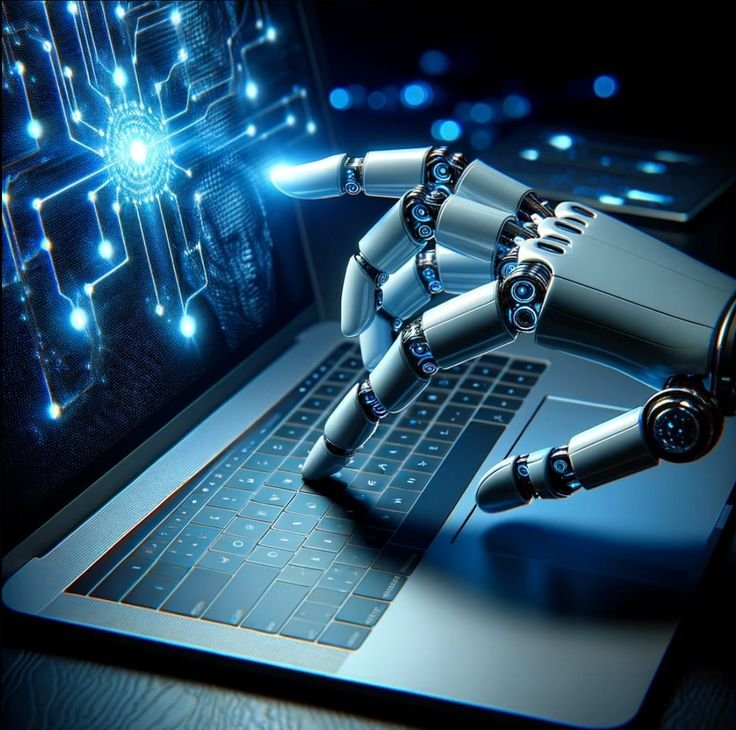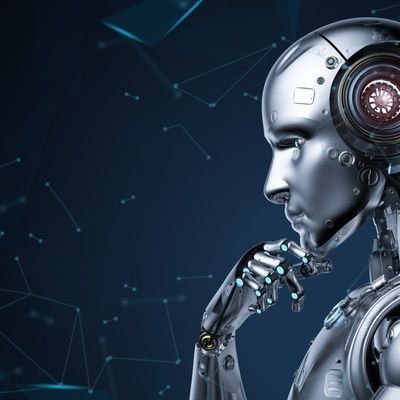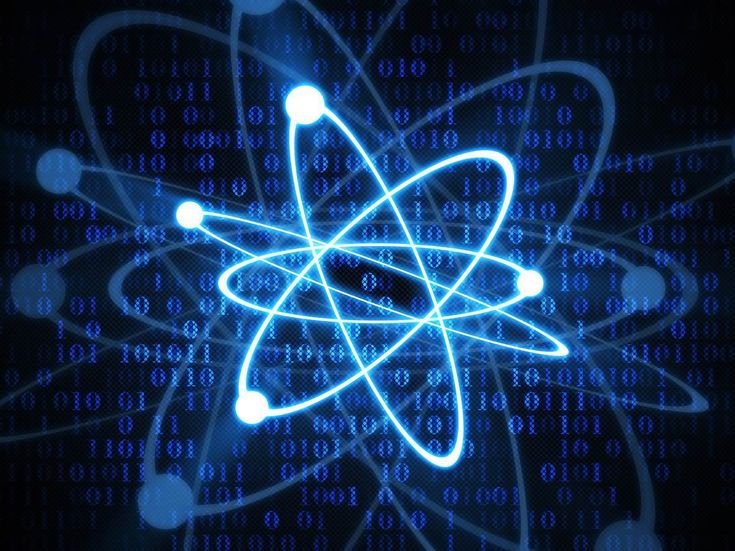
Space exploration has always been at the forefront of human curiosity and technological advancement. Over the past few decades, robotics has played a crucial role in advancing our capabilities to explore and understand the cosmos. Robots have been sent to Mars, orbited distant planets, and even ventured beyond our solar system, all while performing tasks that would be too dangerous, expensive, or impossible for humans. As we look to the future of space exploration, robotics will continue to be an essential tool, enabling new discoveries and opening up opportunities for exploration that were previously out of reach.
This article will discuss the challenges and opportunities associated with the use of robotics in space missions, highlighting how these sophisticated machines are pushing the boundaries of what is possible in space exploration.
Challenges of Robotics in Space Missions
While the use of robotics in space missions offers significant advantages, it also presents a unique set of challenges. Space is an extremely harsh environment, and robots must be designed to withstand conditions that are vastly different from those on Earth. Below are some of the key challenges faced by robotic missions in space:
1. Extreme Environments:
– Space is an environment characterized by extreme temperatures, radiation, and vacuum conditions. Robots must be built to endure these extremes without malfunctioning. For instance, on Mars, temperatures can range from as high as 20°C (68°F) during the day to as low as -153°C (-243°F) at night.
Such fluctuations can cause significant stress on a robot’s systems and components, requiring advanced materials and engineering to ensure reliability.
2. Communication Delays:
– Space missions, especially those involving distant planets, suffer from significant communication delays. For example, signals between Earth and Mars can take anywhere from 4 to 24 minutes to travel one way, depending on their relative positions.
This delay makes real-time control of robots impossible, necessitating a high degree of autonomy in the robots’ operations. The challenge is to develop robots that can make critical decisions independently, without waiting for instructions from Earth.
3. Limited Power Supply:
– Power is a critical resource in space missions. Solar energy is often used to power robotic missions, but sunlight can be limited or unavailable, especially on distant planets or during long nights.
The challenge is to design robots that are highly energy-efficient, capable of conserving power, and equipped with energy storage systems that can sustain them through periods of low or no sunlight.
4. Harsh Terrain:
– The surfaces of other planets and moons can be rugged, with rocky landscapes, steep inclines, and loose soil. Robots must be equipped with advanced mobility systems that allow them to navigate these challenging terrains.
For instance, the rovers sent to Mars have been designed with specialized wheels and suspension systems to traverse the planet’s uneven surface. However, ensuring that these systems work flawlessly in an environment where repairs are impossible is a significant challenge.
5. Complexity of Mission Objectives:
– Space missions often have complex objectives, such as collecting samples, drilling into the surface, or assembling structures. Designing robots capable of performing these tasks autonomously, with precision and reliability, is a major engineering challenge.
The robots must be versatile enough to handle a wide range of tasks while also being robust enough to operate for extended periods in the harsh conditions of space.
Opportunities for Robotics in Space Missions
Despite these challenges, robotics presents a wealth of opportunities for advancing space exploration. As technology continues to improve, the potential for robots to perform increasingly complex and valuable tasks in space grows. Here are some of the key opportunities:
1. Exploration of Distant Worlds:
– Robots have already proven their worth in exploring distant planets and moons. The Mars rovers, such as Curiosity and Perseverance, have provided invaluable data about the Red Planet’s geology, climate, and potential for life.
As robotic technology advances, we can expect future missions to explore even more remote and challenging environments, such as the icy moons of Jupiter and Saturn, where robots could search for signs of life beneath the surface.
2. Support for Human Missions:
– As space agencies, such as NASA, plan for manned missions to Mars and beyond, robotics will play a critical role in supporting human exploration. Robots can be used to set up habitats, prepare landing sites, and even assist astronauts during their missions.
By taking on the most dangerous and physically demanding tasks, robots can help ensure the safety and success of human explorers.
3. In-Situ Resource Utilization (ISRU):
– One of the most promising opportunities for robotics in space is the concept of in-situ resource utilization (ISRU). This involves using local materials to produce resources like water, oxygen, and building materials, reducing the need to transport everything from Earth.
Robots equipped with mining and processing capabilities could extract and process these resources, enabling long-term missions and the establishment of permanent bases on the Moon, Mars, and beyond.
4. Space Construction:
– Building structures in space, such as satellites, space stations, and even large telescopes, is an area where robotics can offer significant advantages. Robots can assemble structures in the microgravity environment of space, where human construction would be extremely difficult and dangerous.
With advancements in robotic construction technology, we could see the creation of massive space habitats and infrastructure that support long-term human presence in space.
5. Asteroid Mining:
– The concept of asteroid mining—extracting valuable minerals from asteroids—is another area where robotics could play a crucial role. Robots could be sent to mine asteroids for materials like platinum, gold, and other rare elements that are scarce on Earth.
This could potentially revolutionize industries on Earth and provide the resources needed for large-scale space exploration.
6. Scientific Research:
– Robots are essential for conducting scientific research in space, from studying the effects of microgravity on biological organisms to exploring the surface of distant planets. With advanced sensors and instruments, robots can carry out experiments, collect samples, and return data that would be difficult or impossible to obtain with human missions alone.
Future Directions and Innovations
The future of robotics in space exploration is full of exciting possibilities. As AI and machine learning technologies advance, robots will become even more autonomous, capable of making complex decisions without human intervention. This will be particularly important for deep space missions, where communication delays make real-time control impractical.
Swarm robotics, where multiple robots work together as a team, is another promising area of research. In this scenario, a group of robots could collaborate to accomplish tasks such as exploring large areas, building structures, or conducting complex scientific experiments. Swarm robotics could greatly enhance the efficiency and effectiveness of space missions.
3D printing technology, combined with robotics, also holds great potential for space exploration. Robots could use 3D printing to create tools, parts, and even entire structures using local materials. This would reduce the need to send everything from Earth, making missions more sustainable and cost-effective.
Conclusion
Robotics has already made significant contributions to space exploration, and its role is only set to grow in the future. While there are significant challenges to overcome, the opportunities presented by robotic technology are immense. From exploring distant worlds to supporting human missions, from in-situ resource utilization to asteroid mining, robots will be at the forefront of our efforts to explore and understand the universe. As we continue to push the boundaries of what is possible in space, robotics will remain a vital tool in our quest for knowledge and discovery.
ALSO READ: Artificial Intelligence: Revolutionizing the Global Banking Sector









